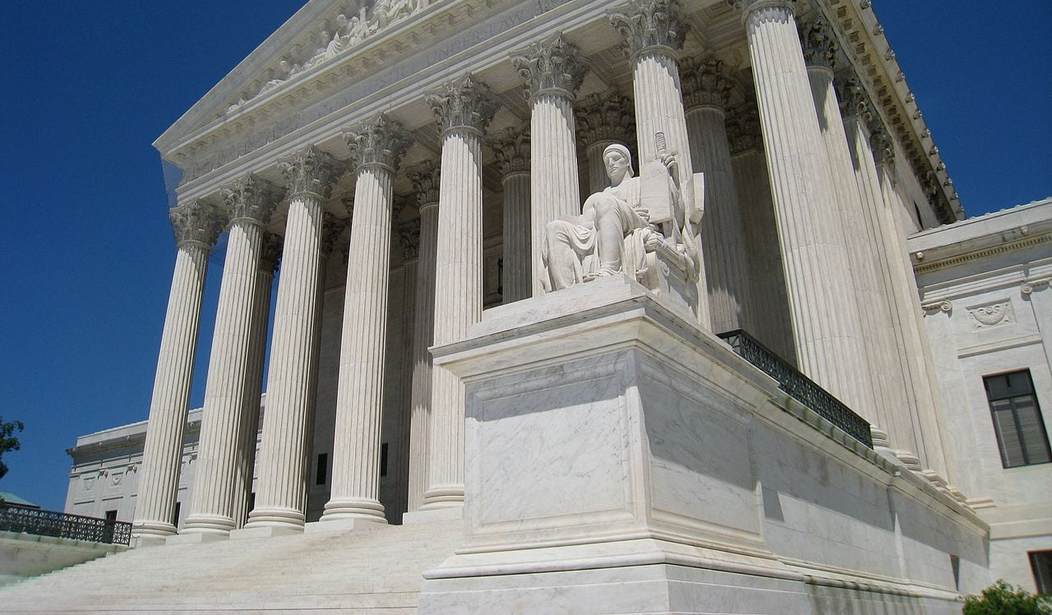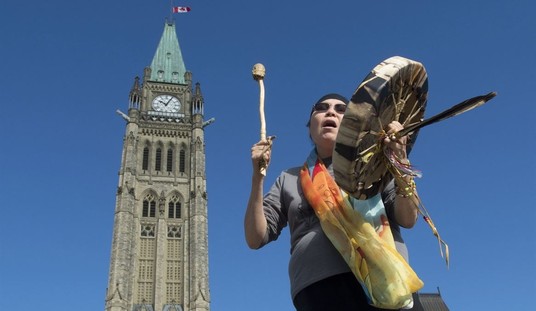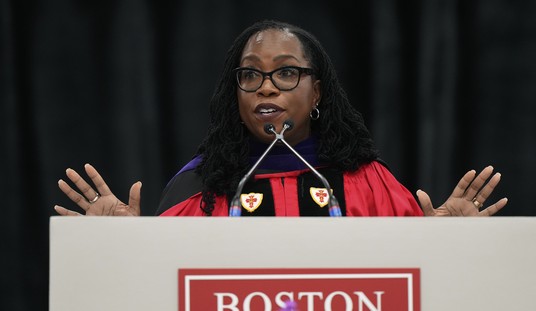On Monday, the Supreme Court announced its decision to take up a case challenging a key aspect of the alleged right to abortion under Roe v. Wade (1973).
The Court will take up Thomas Dobbs v. Jackson Women’s Health, specifically focusing on Question 1 in the petition for the writ of certiorari. That question concerns “whether all pre-viability prohibitions on elective abortions are unconstitutional.”
Mississipi Attorney General Lynn Fitch, a Republican, asked the Court to consider whether or not the state’s 2018 law banning abortions after 15 weeks gestation is constitutional. Fitch argued that the Court must resolve contradictions in its decisions over when viability begins.
In Roe v. Wade, the Court ruled that the Constitution protected abortion up until the point of an unborn baby’s viability outside the womb. In Dobbs v. Jackson Women’s Health, the Court has the potential to overrule a key aspect of the right to abortion under Roe. Various states, including Mississippi, have banned abortion before the Court’s definition of viability, noting that an unborn baby has a detectible heartbeat and can feel pain early into pregnancy.
The vast majority of Americans (87 percent) have said that the question of when life begins is important to the abortion issue and 81 percent have said biologists should decide where to draw the line. Ninety-five percent of biologists have said that human life begins at conception.
While an unborn baby has a complete set of DNA from the moment of conception, and a detectible heartbeat emerges at about six weeks gestation, babies cannot survive outside of the womb until at least 21 weeks of pregnancy. The Court’s viability standard allows a woman to kill the baby within her until the baby can survive outside the womb.
Recommended: Study: 95 Percent of Biologists Say Life Begins at Conception
The Court will not likely rule that the Constitution protects human life from the moment of conception, but it may allow states to ban abortion before the point of viability, reversing a key aspect of Roe v. Wade.
This will be the first Supreme Court case on abortion since the confirmation of Justice Amy Coney Barrett. Last summer, the Court put the abortion industry ahead of the health and safety of women, with Chief Justice John Roberts joining the Court’s liberals in striking down a Louisiana abortion law holding abortion clinics to higher medical standards.
“Every human life is valuable, and Mississippi’s law is a commonsense step toward protecting unborn children and their mothers from the harms of late-term abortion,” Alliance Defending Freedom (ADF) Senior Counsel Denise Harle said in a statement. “The law protects the life of a baby who can already move around and kick in her mom’s womb—a child who has a heartbeat, can taste what her mom eats, and can experience pain.”
“The Supreme Court has repeatedly recognized that states are free to regulate late-term abortions,” ADF Senior Counsel and Vice President of Appellate Advocacy John Bursch noted. “Thanks to amazing progress in scientific research and medical technology, the concept of ‘viability’ is an ever-moving target as younger children have survived and thrived after preterm birth. But ‘viability’ has never been a legitimate way to determine a developing infant’s dignity or to decide anybody’s legal existence. The high court should take this important opportunity to resolve the conflicts between its previous rulings and affirm the constitutionality of Mississippi’s law.”
“Across the nation, state lawmakers acting on the will of the people have introduced 536 pro-life bills aimed at humanizing our laws and challenging the radical status quo imposed by Roe. It is time for the Supreme Court to catch up to scientific reality and the resulting consensus of the American people as expressed in elections and policy,” Susan B. Anthony List President Marjorie Dannenfelser said in a statement.









Join the conversation as a VIP Member